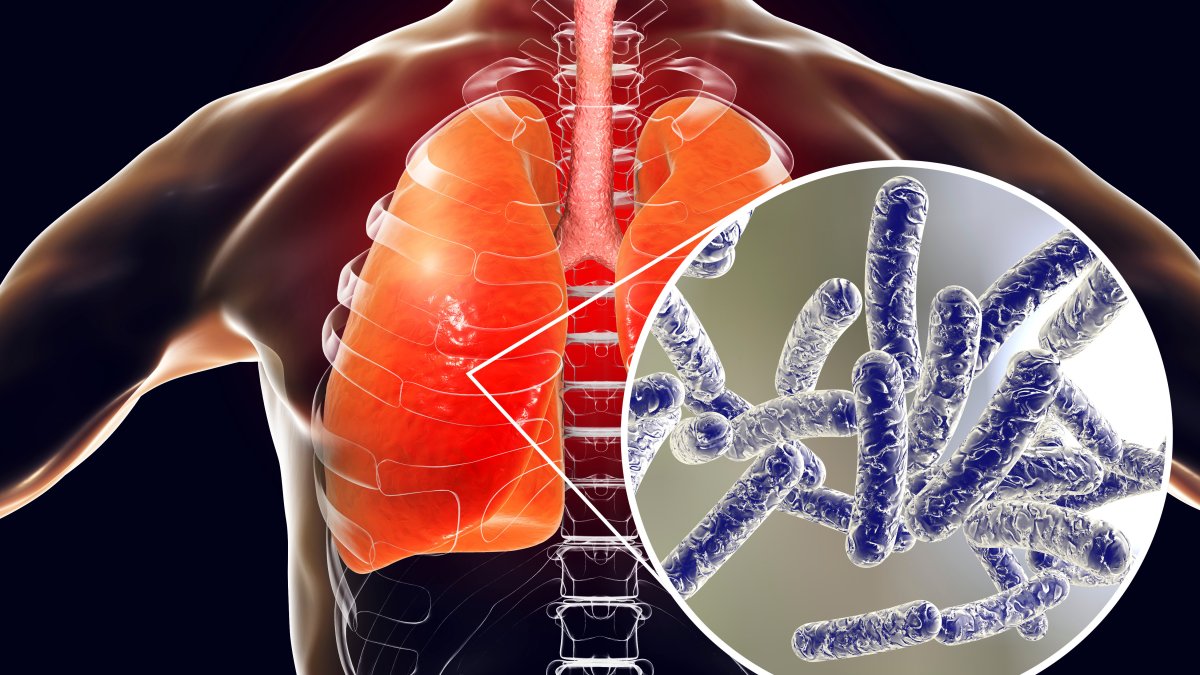
"Legionnaires' disease is a type of pneumonia caused by Legionella bacteria, which can grow in warm water and spread through building water systems."
"Symptoms typically develop within two days to two weeks after exposure and may include cough, fever, headaches, muscle aches, and shortness of breath."
An outbreak of Legionnaires' disease in New York City has resulted in three fatalities and approximately 70 reported sick cases since its detection in late July. Health officials attribute the outbreak to contaminated cooling towers, with immediate sampling and remediation ordered for affected buildings. Individuals exhibiting flu-like symptoms, particularly those over 50 or with pre-existing lung conditions, are advised to seek medical attention promptly. Legionnaires' disease stems from Legionella bacteria found in warm water, with symptoms arising between two days to two weeks after exposure, including cough, fever, and shortness of breath.
Read at NBC4 Washington
Unable to calculate read time
Collection
[
|
...
]